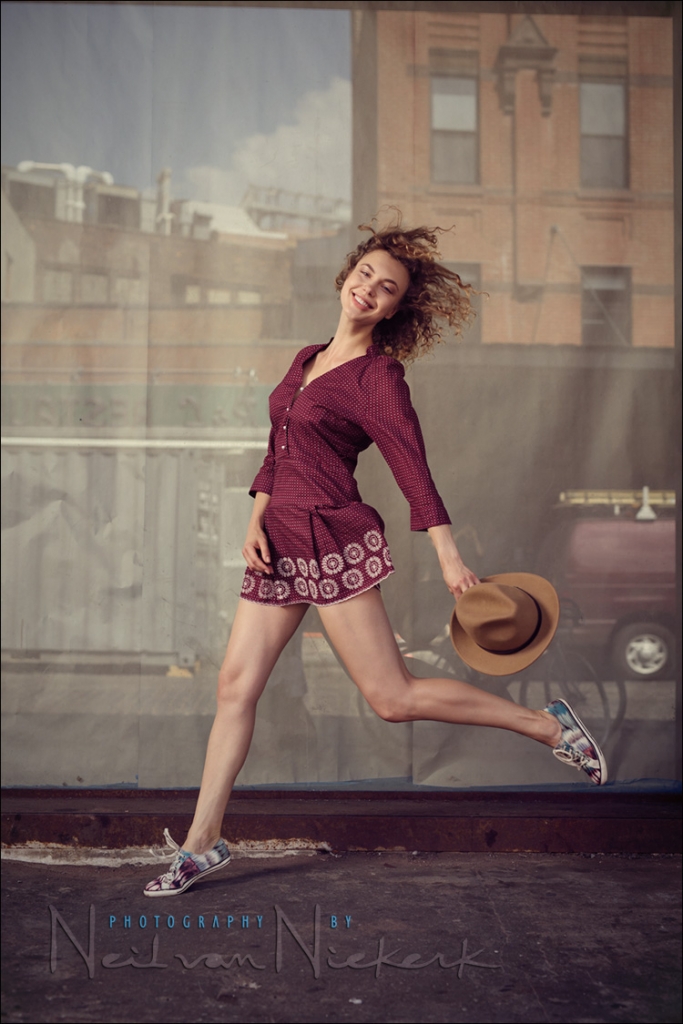User8558873446
Member
- Messages
- 30
- Reaction score
- 2
I'm looking for advice re what equipment is needed to set up a basic home lighting rig for family portraits. Two continuous softboxes over strobes etc - that kind of thing.
Any and all help greatly appreciated.
Any and all help greatly appreciated.

